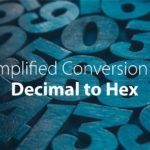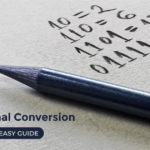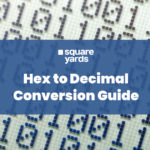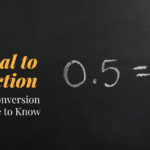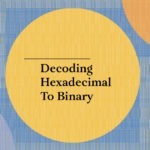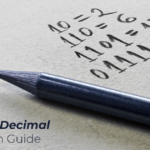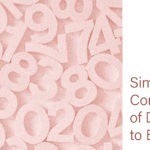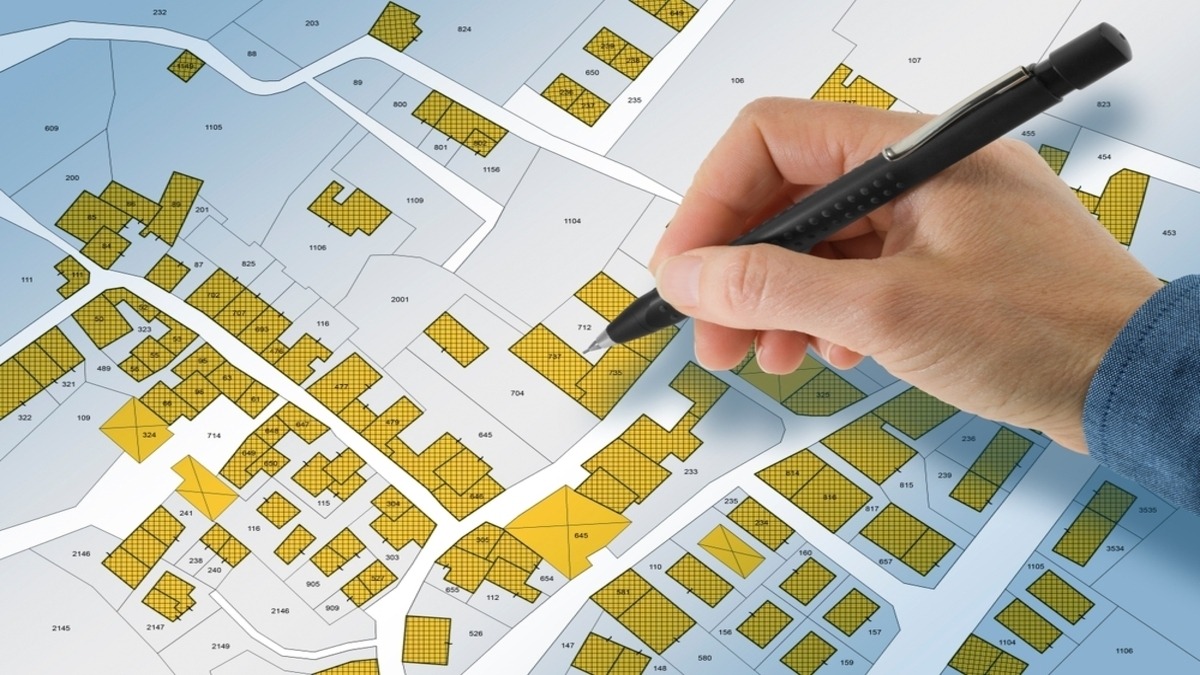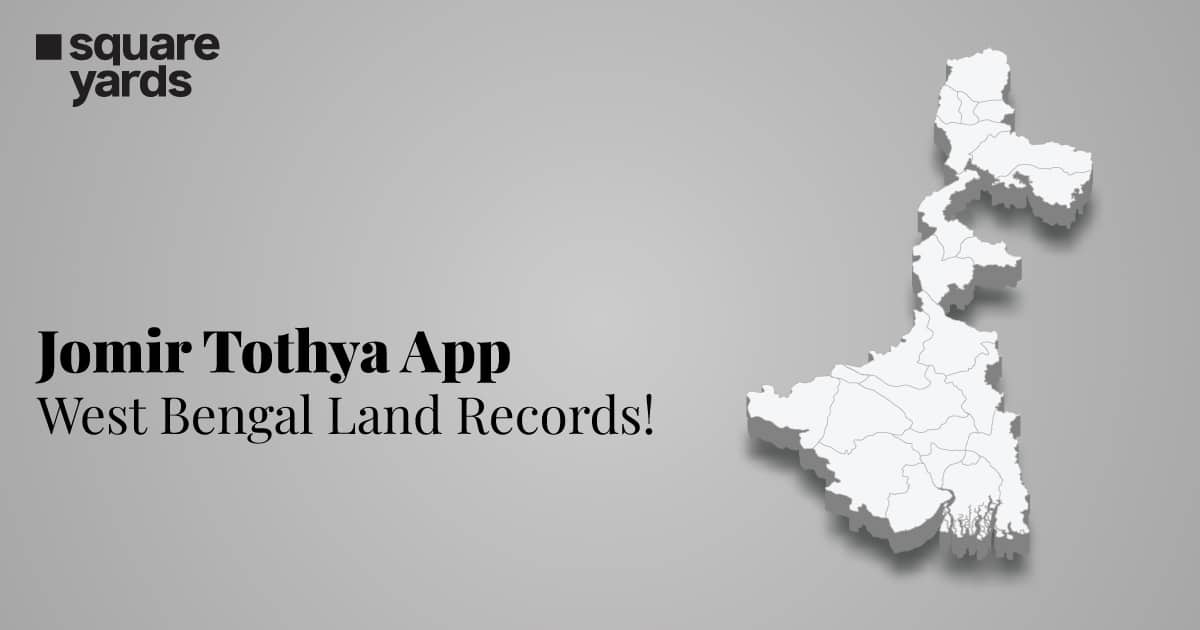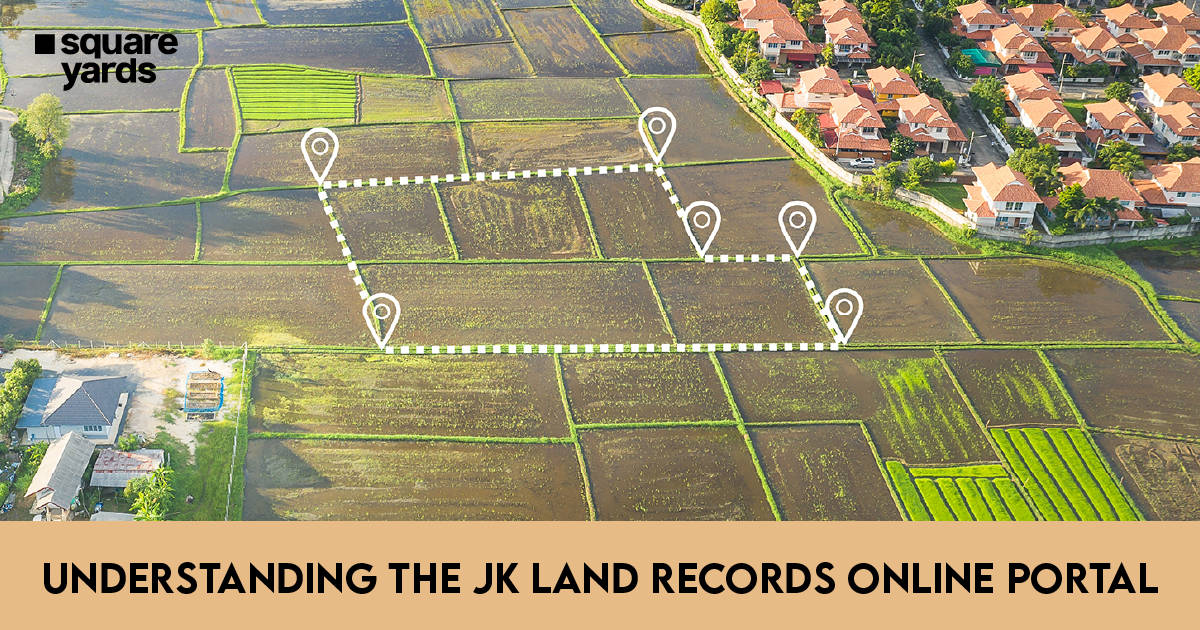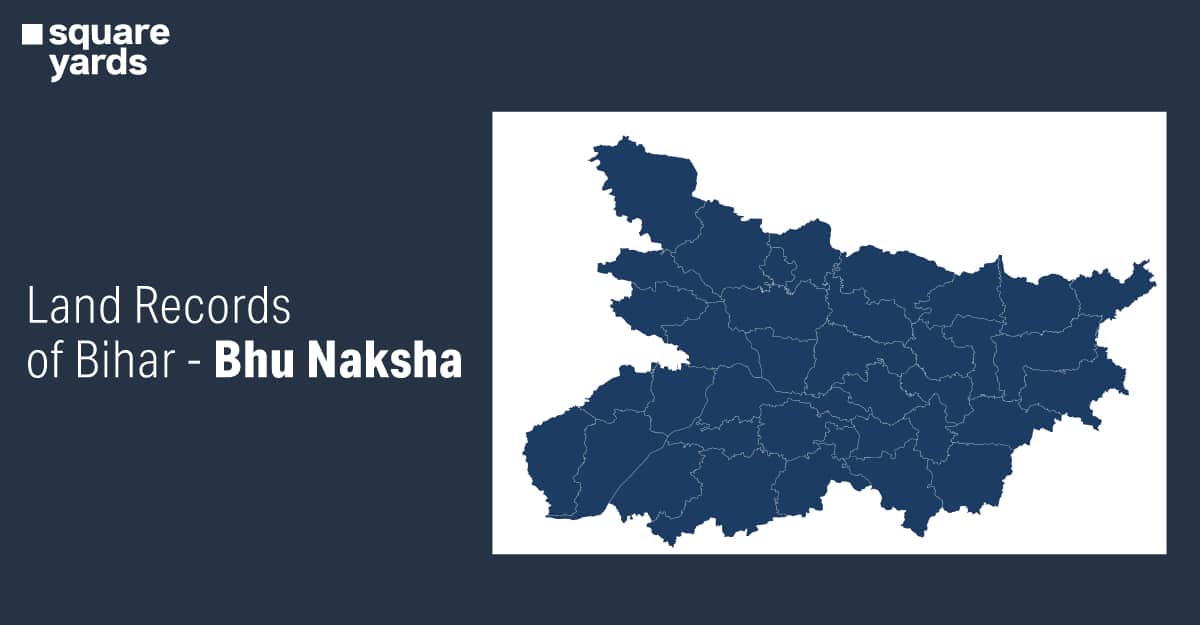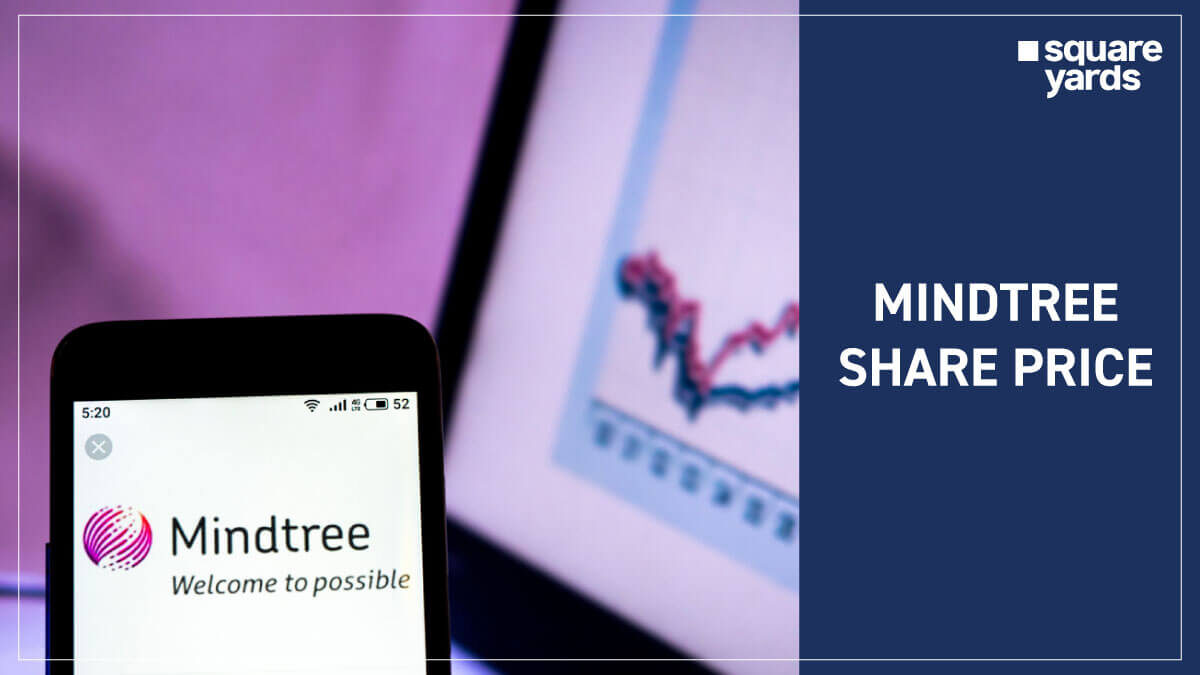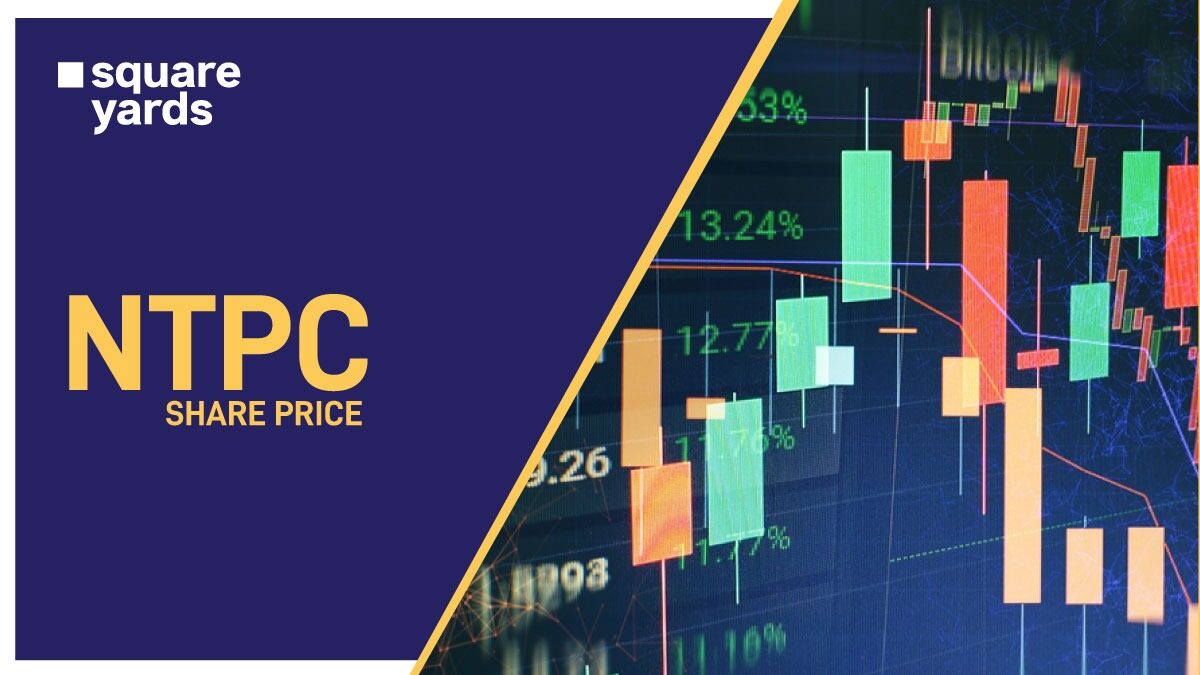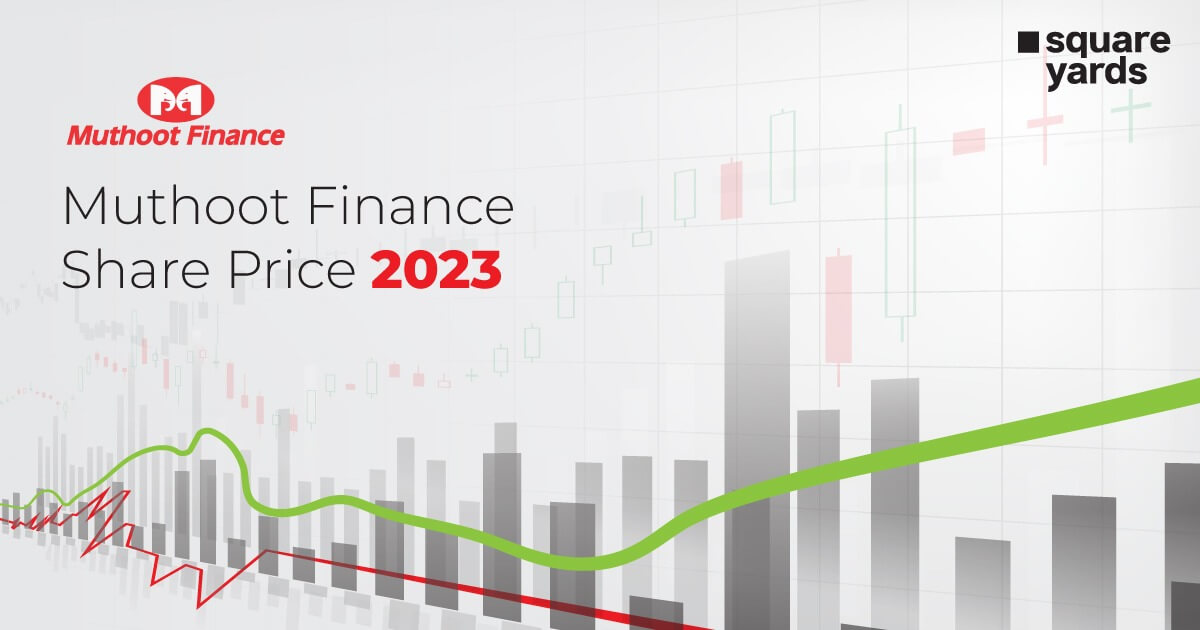Numerical systems play a fundamental role in human civilization, shaping the way we express, understand, and manipulate numbers. Among the various numeral systems, octal and decimal are two significant bases with distinct applications and historical origins.
In this comprehensive guide, we will explore the concepts of octal and decimal numeral systems, their histories, and their current uses. We will delve into the relationship between octal and decimal, highlighting the significance of converting numbers between these bases. Moreover, we will provide a step-by-step guide on how to perform octal to decimal conversions, along with formulae and illustrative examples to solidify the understanding.
Table of contents
What is octal?
Octal is a numeral system with a base of 8. This means that it uses eight different symbols (0, 1, 2, 3, 4, 5, 6, and 7) to represent numbers. Octal is commonly used in various fields, particularly in computer programming and digital systems, where groups of three binary digits (bits) are often represented as a single octal digit for simplicity and compactness.
Current Use of Octal
Octal is still utilized in specific areas, especially in computer programming. It finds significant use in Unix-like operating systems to represent permissions. A three-digit octal number corresponds to read, write, and execute permissions for different user groups. This concise representation streamlines file access and security management for system administrators and developers working with Unix-like systems. While not as prevalent as decimal, octal remains an essential part of certain technological landscapes. Understanding octal to decimal conversion becomes crucial for seamless communication between different numerical systems in these domains.
History of Octal
The origin of the octal system can be traced back to ancient civilizations, including the Babylonians and Egyptians, who used a sexagesimal system (base-60) rather than decimal. Octal gained importance in modern times with the advent of computers and digital systems.
What is Decimal?
Decimal is the most widely used numeral system and has a base of 10. It uses ten symbols (0, 1, 2, 3, 4, 5, 6, 7, 8, and 9) to represent numbers. The decimal system is familiar to us, and it is the basis for everyday arithmetic and mathematics.
Current Use of decimal
The decimal system is foundational to our daily lives and various fields. From basic counting to complex transactions, it plays a crucial role in science, engineering, economics, and more. Its intuitive structure enables smooth arithmetic and accurate data representation. Mastering decimal notation is essential for effective communication and collaboration across diverse domains.
History of decimal
The decimal system has ancient roots and is believed to have originated in various cultures, including the Egyptians, Chinese, and Greeks. However, the modern decimal system was popularized by the Indian mathematician Aryabhata in the 5th century and was later spread to the Western world by Arab scholars.
Relationship between octal and decimal
Octal and decimal are both positional numeral systems, which means that the value of each digit in a number depends on its position or place value within the number. In both systems, the leftmost digit has the highest place value, while the rightmost digit has the lowest place value.
The primary relationship between octal and decimal is that every octal digit can be converted to its decimal equivalent using a straightforward process. Each octal digit represents a multiple of powers of 8, while each decimal digit represents a multiple of powers of 10.
To convert an octal digit (0 to 7) to its decimal equivalent, we simply need to multiply the digit by the appropriate power of 8. The rightmost digit has a power of 8^0 (which is 1), the next digit to the left has a power of 8^1 (which is 8), the next digit to the left has a power of 8^2 (which is 64), and so on.
For example:
Octal digit 7 is equal to 7 * 8^0 = 7 * 1 = 7 in decimal.
Octal digit 3 is equal to 3 * 8^0 = 3 * 1 = 3 in decimal.
Octal digit 5 is equal to 5 * 8^0 = 5 * 1 = 5 in decimal.
Octal digit 6 is equal to 6 * 8^0 = 6 * 1 = 6 in decimal.
Octal digit 2 is equal to 2 * 8^0 = 2 * 1 = 2 in decimal.
Thus, the relationship between octal to decimal is straightforward, allowing for easy conversion between the two systems by simply multiplying each octal digit by the corresponding power of 8 to obtain its decimal equivalent.
How to Convert octal to decimal?
Converting an octal number to a decimal number is a straightforward process. Here’s a step-by-step guide:
- Write down the given octal number.
- Identify the place value of each digit, starting from the right and moving left (units, eights, sixty-fours, etc.).
- Multiply each digit by its corresponding place value.
- Sum up all the products obtained in step 3 to get the decimal equivalent.
Formula and Examples on octal to decimal Conversion
Let’s use the following formula to convert an octal number (abc) to a decimal number:
Decimal Equivalent = a * 8^2 + b * 8^1 + c * 8^0
Example 1: Convert octal 346 to decimal.
Decimal Equivalent = 3 * 8^2 + 4 * 8^1 + 6 * 8^0
Decimal Equivalent = 3 * 64 + 4 * 8 + 6 * 1
Decimal Equivalent = 192 + 32 + 6
Decimal Equivalent = 230
Example 2: Convert octal 1270 to decimal.
Decimal Equivalent = 1 * 8^3 + 2 * 8^2 + 7 * 8^1 + 0 * 8^0
Decimal Equivalent = 1 * 512 + 2 * 64 + 7 * 8 + 0 * 1
Decimal Equivalent = 512 + 128 + 56 + 0
Decimal Equivalent = 696
Don’t miss It!
| Kilometer to Centimeter | Kilometer to Centimeter Conversion: Conversion Table, Examples |
| Centimeter to Meter | How to Convert Centimeter to Meter: Formula & Examples |
| Cubic Meter to Liter | How to Convert Cubic Meter to Liter: Formula & Examples |
| Cent to Square Feet | How to Convert Cent to Square Feet: Formula & Examples |
| Pounds to Kilogram | How to Convert Pounds to Kilogram: Formula & Examples |
| Milligrams to Grams | How to Convert Milligramsto Grams: Formula & Examples |
| Yard to Feet | How to Convert Yard to Feet Formula & Examples |
| Binary to Decimal | How to Convert Binary to Decimal: Formula & Examples |
Octal to Decimal Conversion Table
Here’s a table that shows octal numbers and their decimal equivalents:
| Octal | Decimal |
| 0 | 0 |
| 1 | 1 |
| 2 | 2 |
| 3 | 3 |
| 4 | 4 |
| 5 | 5 |
| 6 | 6 |
| 7 | 7 |
| 10 | 8 |
| 11 | 9 |
| 12 | 10 |
| … | … |
Difference Between octal and decimal
The key differences between octal and decimal are:
| Index | Octal | Decimal |
| Base | Octal is a base-8 system | Decimal is a base-10 system |
| Digits | Octal uses eight digits (0 to 7) | decimal uses ten digits (0 to 9) |
| Position Value | The positional value of digits in octal increases by powers of 8 | In decimal, it increases by powers of 10.
|
| Use | Octal is commonly used in computer programming for representing binary groups compactly | Decimal is used universally for everyday arithmetic and mathematics |
Wrapping Up
In conclusion, understanding the octal to decimal conversion process can be valuable, especially in computer programming and digital systems. It enables developers to work with permissions, memory addresses, and other binary data effectively. While octal has a more limited use compared to decimal, it remains an essential part of the computer science landscape.
FAQ’s about Octal to Decimal
Q1. How do you convert octal to decimal?
To convert an octal number to decimal, follow these steps:
- Write down the given octal number.
- Assign place values to each digit from right to left, starting with 8^0 for the rightmost digit, 8^1 for the next, 8^2 for the one after, and so on.
- Multiply each digit by its corresponding place value.
- Sum up all the products obtained in step 3 to get the decimal equivalent.
Q2. What is 139 octal to a decimal?
To convert octal 139 to decimal:
Decimal Equivalent = 1 * 8^2 + 3 * 8^1 + 9 * 8^0
Decimal Equivalent = 1 * 64 + 3 * 8 + 9 * 1
Decimal Equivalent = 64 + 24 + 9
Decimal Equivalent = 97
Q3. What is the octal number 368 as a decimal?
To convert the octal number 368 to decimal:
Decimal Equivalent = 3 * 8^2 + 6 * 8^1 + 8 * 8^0
Decimal Equivalent = 3 * 64 + 6 * 8 + 8 * 1
Decimal Equivalent = 192 + 48 + 8
Decimal Equivalent = 248
So, the octal number 368 is equal to 248 in decimal.





